
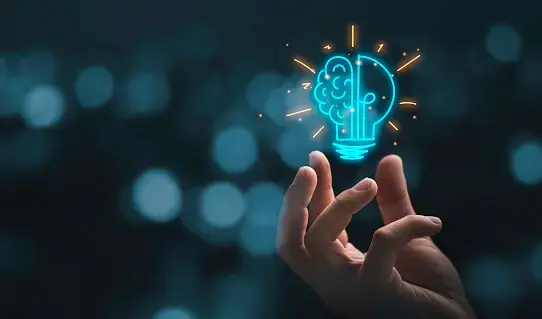
It has been shown that by just explaining pain (as I am trying to do in this series) or allowing people to have an understanding of pain itself can help to increase their confidence, reassuring them that the danger implied by pain -especially chronic pain- may be greatly exaggerated and this perhaps can actually ease their pain. Fear and anxiety have more power to aggravate pain than any other emotional state. Gaining knowledge and perspective are great remedies for fear and anxiety.
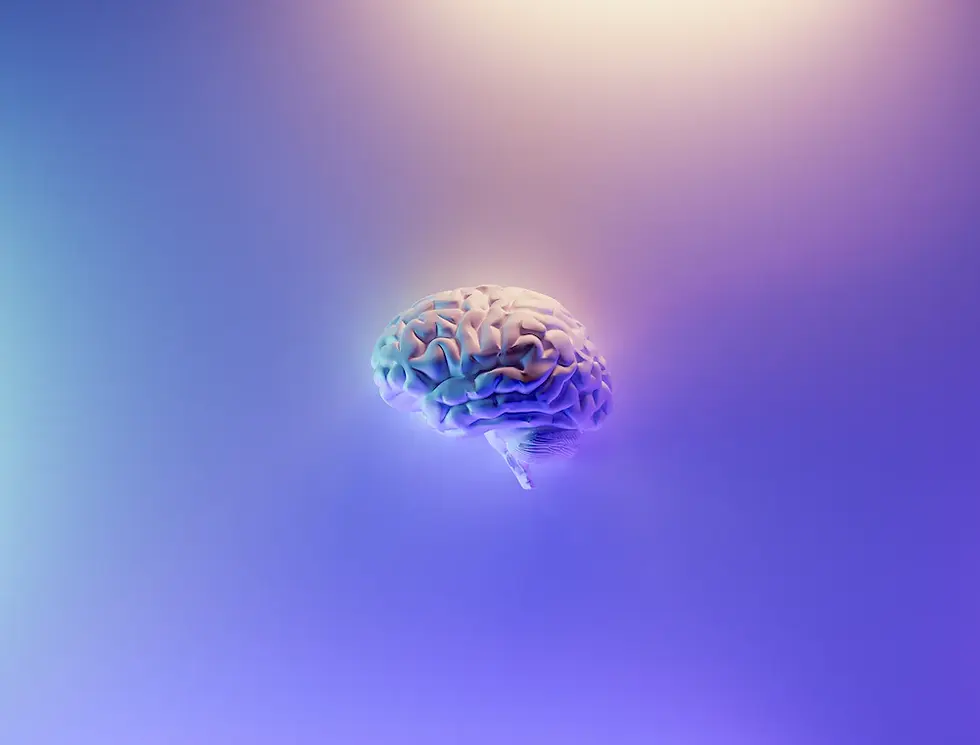
We know that pain is a complex experience that is completely generated by the brain. A different treatment approach is with mind-over-pain, with the underlying theme of modifying our perception of pain.
This is a very broad topic with numerous approaches, I will cover a few of the more practical self-help treatments:
· A well-known pain-relieving technique is counter-stimulation- this is found with TENS units, light touch or rubbing the area or surrounding areas. Broadly speaking, this helps because input changes output. Pain is an output, it is generated by the brain in response to sensory inputs. A new input can change the pain severity by distracting the nerves from the pain. This is temporary relief, and can be challenging because it is not known what input will help. Try different sensory inputs to see what may help you.
Some suggestions are using a soft paintbrush and ‘paint’ the hurting area, or use a weighted blanket over the area (or your entire body), use a vibrating massage tool to jiggle the area, using hot or cold packs near the area, try dry lubrication with talc powder, use a pain rub (tiger balm, biofreeze, blue emu, etc), have a partner give different unexpected sensations near the area or they can gently stretch or rhythmically move the affected area.
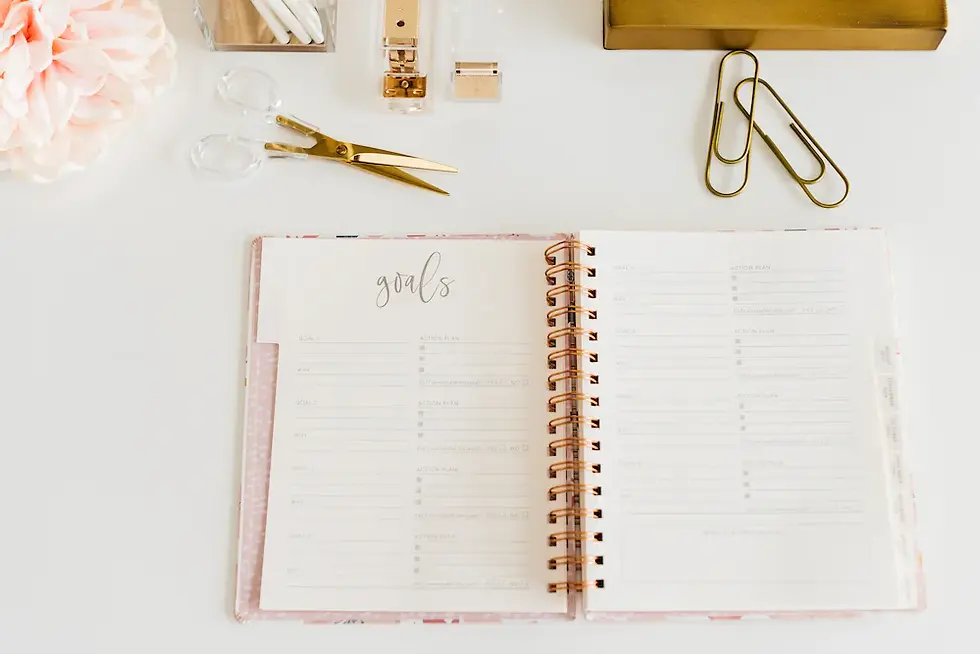
· Problem solving and goal setting- focused on coping and function in daily life, but with a lot of additional benefits. Write out measurable and achievable goals that you can track over time and celebrate when you accomplish them. Within this topic is also finding balance in your lifestyle. Determine what your limit is concerning activity level and pace your activities to what you know you are capable of, without having to suffer the consequences the following day. Think of the tortoise and the hare, with slow and steady activity we are able to achieve our goals and not set ourselves back by over-doing the activity level.
· Lifestyle medicine- addressing overall health and wellness needs. Through decreasing our vulnerabilities (stress, sleep-depravation, poor nutrition, even mental needs and changes) we can change our mind and improve our health to reduce our pain. Try to make healthier choices with eating balanced meals, going to sleep at the same time every night, or deep breathing to reduce stress. Try to become active and engaged in lif- this not only distracts you from the pain, but also highlights the positive aspects of your life.
· Practicing gratitude- gratitude is a type of thinking where we focus on the skills and resources that we have been given. By focusing on what skills we still have, despite the pain, we are able to refocus from the loss to help us in moving forward.

· Positive movement and Positive posture- move as if you are more comfortable than you are- build up your confidence with whatever movement you can reasonably handle. Move in ways that are fun, pleasant or inspiring. A positive posture is standing confidently, not giving in to the painful hunched posture. This can psychologically help our emotional state and it may help you to modulate pain some too.
· Meditation and Mindfulness- the idea of focusing on different breathing exercises, relaxation and stress reduction techniques to change our relationship with pain.
-A technology addition to this is Smartphone Apps (I.E. Curable, Pathways, Ouchie) that are a simplified delivery system for these approaches to pain control.
· Neurophysiological ‘hacks’- we may be able to retrain our brains to manage or even reduce pain. Our bodies and brain are constantly changing and adapting. The concept of neuroplasticity is when the brain changes in response to experiences- either good or bad. We may be able to retrain ourselves to improve well-being and take advantage of neuroplasticity. One self-help technique is using graded motor imagery with mirror box therapy paired with mental and physical exercises and/or imagery. This is performed with very gradual exposure to increasing stimuli with hope that we can decrease, over time, the body’s reaction. Other techniques in this topic that would need assistance from a specialist are virtual reality, hypnotherapy, biofeedback, and EMDR (eye-movement desensitization and reprocessing).
· Regular exercise- physical activity can also retrain the nervous system by decreasing its sensitivity at the cellular level which seems to recalibrate the ‘danger’ message transmission. 4 additional benefits of exercise are maintaining a healthy body weight, improving your cardio-vascular health, maintaining your strength, flexibility and stamina, plus you get endorphins released which are the feel good chemicals! Try something as simple as walking around your yard or neighborhood for 20 -30 minutes at your own pace, or try some beginner’s yoga.

· Be kind to your nervous system- create pleasant, safe sensory experiences that act as positive inputs. Seek comfort for yourself…. Create the grown-up version of building a blanket fort for yourself. If your brain thinks that you are safe, many kinds of pain will ease. Pleasure and comfort, even temporarily, is a good way to be sure that you are feeling safe. This can be done in general ways like soaking in a hot tub, or more specifically with rubbing a sore knee or supporting an aching shoulder with a sling for a while.
· Limit pain talk- just talking about our pain is problematic. Avoiding pain talk can also be a quality-of-life improvement for you. You can try to quickly navigate the discussion to other positive topics even if it feels forced or absurd to you, you can also avoid the topic with a simple “I’m fine, how are you?”. It is also recommended to talk to yourself constructively. By focusing on the improvements that you are making, you can make a difference in your perceived comfort level.

· Have an ‘emotional release’ with catharis or venting- catharsis could be pain-killing. From saying ‘ow’, to light cursing; simply expressing negative emotions and finding a healthy outlet for frustration, aggression and anxiety- these are all emotional releases that help with pain. Take a few minutes to scream into a pillow, or cry, or chop wood, or workout punching a heavy bag, or try some primal scream therapy….. whatever works for you to let out the bad emotions to begin again with a blank slate.
· Other / Various actions- simple distraction, pursuit of pleasure and happiness, philosophy, art therapy, spirituality. All of these fall under the idea that we are growing personally and getting wiser, by strengthening other aspects of our being we may be able to weaken pain’s hold on us. Similar to the concept of positive thinking/optimism giving hope and confidence as was noted above with understanding pain.
· Find support- search the internet or your local community for support groups, this allows you to not only reduce the burden of facing things alone, but also gives you the opportunity to help and support others.
It is important to either get help or begin helping yourself as early as possible when you notice that pain is present. Addressing and hopefully relieving acute pain before it has the chance to change into chronic pain is your best bet for long-term relief. If we ignore persistent pain, hoping that it will get better, we are taking the chance of additional factors like stress, anxiety and poor sleep to wind up our nervous system which can lead to sensitization.
One final list as a suggestion for maintaining your gains through this journey:
1. Don’t forget your goals- make a list of what your areas of greatest concern are and set goals to work on each of them. Check off each goal as you reach it.
2. Pull out a contract- some people find writing a contract or commitment to improve their lives and manage their pain. It can be placed where you see it and are motivated to maintain that agreement, even in bad times.
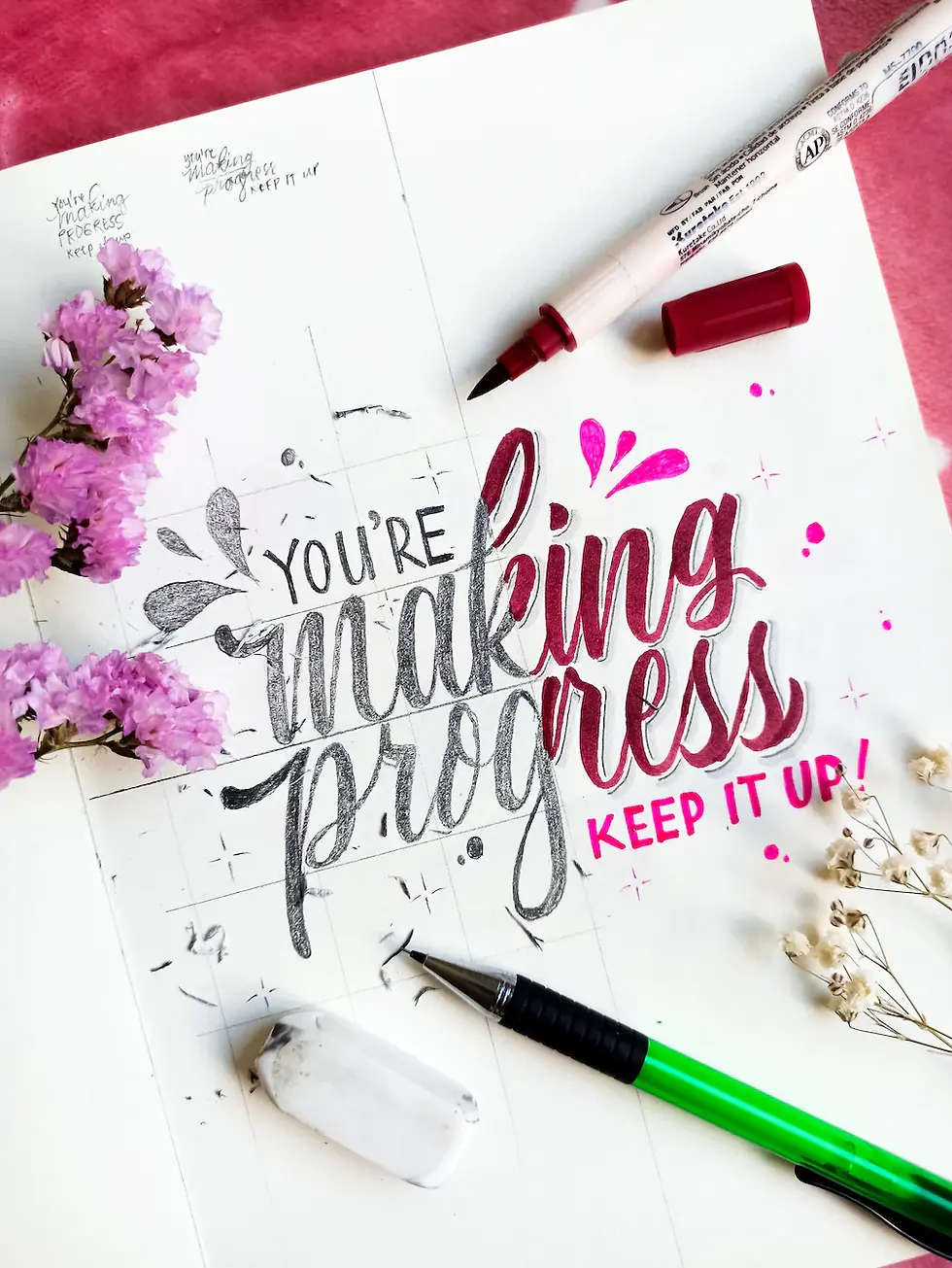
3. Monitor your progress- make charts or some other way to display your accomplishments to keep motivated to achieve your goals.
4. Plan your day- when we schedule our day, we are more likely to keep that schedule and accomplish all that we planned to do.
5. Keep it positive- look around your house and remove the things that may lure you back into your unhealthy habits. You want you home to be that of a person who lives a happy and active life.
6. Say ‘yes’- accept help from others, we all need a support system at some time as we can not do everything ourselves. I tis not a sign of failure accepting a little help from time to time.
7. Get assistance from a professional- if you are having trouble following your pain plan.
8. Talk yourself up- list positive statements about yourself and say them to yourself when you may be discouraged.
9. Prepare for challenges- try to think of situations that could disrupt your positive changes in your life. Then put together a plan to address each item on the list to use as needed.

10. Reward yourself- when you reach a goal or successfully execute a pain strategy treat yourself with something enjoyable!
Congratulate yourself!! … I thank you for sticking with me through a 6-part series for a better understanding of pain and anxiety with some good pain control & treatment suggestions to begin using to help yourself today!
I hope that you are feeling more confident in your understanding of pain and are feeling armed with good techniques and advice to try to help you to take control again and break the pain cycles. You are in control and you are able to respond better and more effectively simply with knowledge and confidence that some pains are not as dangerous as our bodies might believe them to be.
Resources:
Brice B.K. PhD and Harrison T.E. MD. (2013) Mayo Clinic Guide to Pain Relief, Second Edition. Mayo Clinic.
https://uspainfoundation.org/ GOOD RESOURCE TO LOOK AT FOR CAM
Next time:
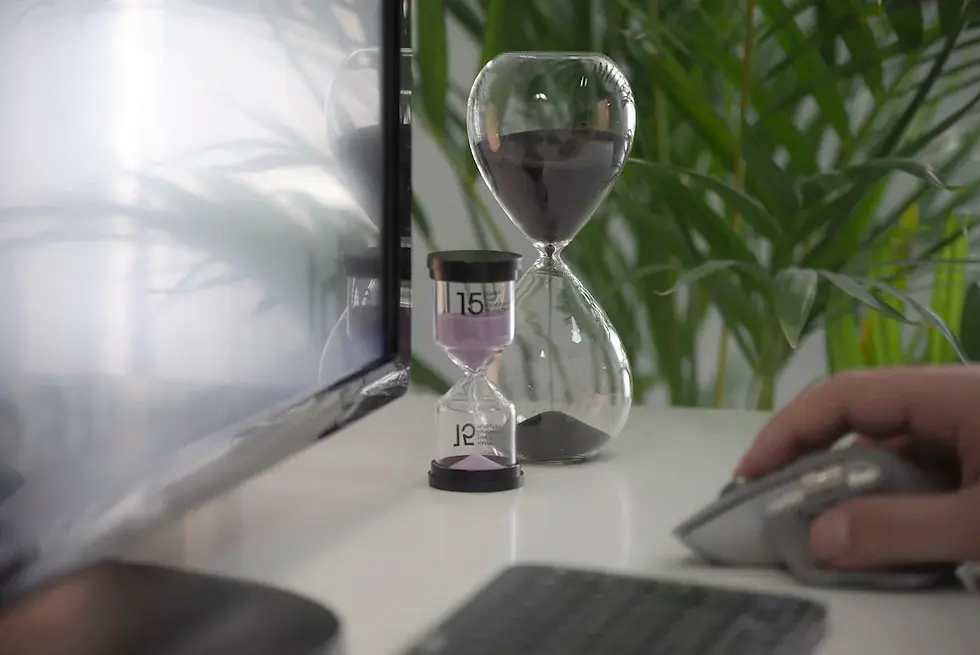
Stay tuned for my next blog in 2 weeks concerning Time Management.
Related Post Links:
Pain Science Part 1:
Pain Science Part 2:
Pain Science Part 3:
Pain Science Part 4:
Pain Science Part 5:
Author: Jen Hassaj | 9-20-23



Comments